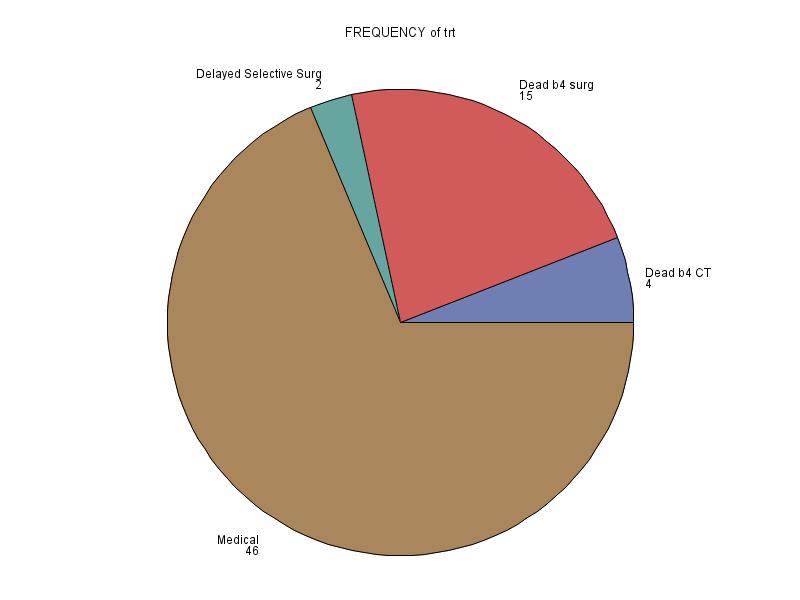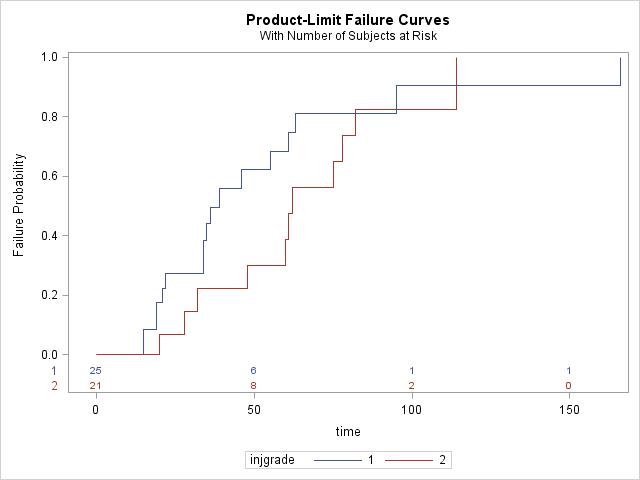Back to 2017 Annual Meeting Program
Determinants and Outcomes of Non-operative Management of Blunt Traumatic Aortic Injuries
Harleen K Sandhu, Samuel D Leonard, Alexa Perlick, Charles C Miller, III, Naveed U Saqib, Anthony L Estrera, Hazim J Safi, Kristofer M Charlton-Ouw, Ali Azizzadeh
McGovern Medical School at UTHealth, Houston, TX
INTRODUCTION:Natural history and parameters for successful non-operative management of blunt traumatic aortic injuries (BTAI) are poorly understood. We examined our experience with non-operative BTAI treatment (anti-impulse, blood pressure) and evaluated for determinants of successful outcomes.
METHODS:Review of trauma registry database for all BTAI patients from 2004-2015 was performed. Computed tomographic angiography (CTA) was used to classify aortic injuries: grade 1, intimal tear; grade 2, intramural hematoma; grade 3; aortic pseudoaneurysm; and grade 4, free rupture. Grade 4 injures were excluded from non-operative management. Baseline, clinical outcomes, and follow-up lesion resolution were compared within the medically managed cohort and between surgical and non-operative groups using univariate and multivariable analysis.
RESULTS: Among 338 BTAI patients admitted between 2004 and 2015, 67 BTAI patients were managed nonoperatively. 48 were managed with initial medical therapy and remaining 19 died on admission or prior to definitive treatment (fig1). Among the 48 medically managed, median age was 34, and 13 (27%) were female. 6/48 (12%) were transferred from other facilities. 25 (52%) had grade 1 BTAI, 21(44%) had Grade 2, and 2 (4%) had grade 3. No baseline or early outcomes were significantly different between BTAI grades. Median injury resolution time was 39-days in grade-1 and 62-days for grade-2 (p=0.09) (fig 2). Both grade 3 injuries required a late TEVAR following initial medical management. When compared to a surgical cohort, BTAI grade and AIS chest were the only significant determinants of propensity to operate.
CONCLUSIONS:Based on this limited data, it appears that grade 1 and 2 injuries may be managed medically with the majority resolving within 8 weeks. Minimal aortic injury is associated with low mortality and excellent intermediate-term outcomes. Further prospective studies are required to validate these findings. 

Back to 2017 Annual Meeting Program




